n this guide, I will try to introduce 11 tips that can be useful for those having old computers with low RAM and want to speed up their system for better performance. These tips are workable under Ubuntu 12.10/12.04 or older and any other Ubuntu-based system (Linux Mint 13, for example). If you have more tips, you can mention them in the comment form given below.
1. Preload
Preload is a daemon that runs in the background (invisible) that detects most used applications and store them in cache so that they can be called quickly, which will result in quick system load time. To install it on Ubuntu 12.10/12.04/Linux Mint 13, run this command:
The default settings for Preload are enough, but if you want to use your own configuration, you can edit this file:
For Linux Mint, edit the file as follows:
To monitor preload's log file, run this command:
2. Clean Up APT Cache
You need to clean up not needed apt sources from time to time with this command:
3. Disabling Unnecessary Startup Applications
- There are many applications that are configured to start automatically as the system starts. You can manage these applications by opening Startup Application from the Unity dash under Ubuntu 12.10/12.04:
For Linux Mint, the window will look like this:
Check off not needed applications (Bluetooth, Desktop sharing, WiFi, etc.) from the given list with careful attention to some applications that are needed for your system to start.
- You can also use BUM ( Boot Up Manager ) to disable unnecessary services and applications. You can install it with this command:
4. Adjust Swappiness
To check your current used Swappiness, run this command:
The default value is 60 , to change it, edit this file:
For Linux Mint:
Search for this line (if not present, just add it):
vm.swappiness=10
Save your file and exit. Changes will take effect once you reboot your system.
5. Disable Hibernation/Sleep Functions (Not Recommended)
If you don't need to hibernate (sleep mode) your system, you can disable it as follows at your own risk:
- Edit this file with this command:
- For Linux Mint:
- Comment (add # at the beginning) now this line:
RESUME=UUID=****
- It should be like this:
#RESUME=UUID=***
- Save your file and reboot your system.
6. Speed Up Boot Time By Disabling The Grub Boot Menu
When starting your system, the screen will stop at the Grub2 boot menu. If you want to disable it, you can follow these instructions:
- Open the terminal and edit this file on Ubuntu 12.04:
- For Linux Mint:
- Search now for this line and set its value to zero:
GRUB_TIMEOUT=0
- Save the file and close it. The Grub2 boot menu will not show up in the next system rebooting, but you can call it by holding down the Shift key while rebooting.
7. Get Reliable Performance with ZRAM
If you have an old computer with low RAM, you can optimize it using ZRAM, which will create on your system a compressed block device that mimics a swap disk to reduce disk thrashing (aka paging). To install it under Ubuntu 12.04/LinuxMint 13, run this sequence of commands from the terminal:
8. Use all CPU Cores For System Startup
If your computer is equipped with a multi-core CPU, you can configure your system to use all available cores during startup by following these instructions:
- Edit this file:
- For Linux Mint:
- Search now for the first instance of this line:
CONCURRENCY=none
- And replace it with this one if needed:
CONCURRENCY=makefile
Save your file and exit.
9. Disabling Visual Effects
If your computer is a bit old, you can get rid of unwanted visual effects using Compizconfig Settings Manager . To install it under Ubuntu 12.10/12.04, run this command:
Start it now and head to the Effects section, then disable all enabled effects:
10. Use TMPFS To Reduce Disk I/O
The /tmp folder receives a lot of hard disk read/write operations. You can simply use your system RAM instead of your hard disk to speed up read/write operations for the /tmp folder. To do this, you can follow these instructions:
- Open the terminal and edit the /etc/fstab file with this command:
or
- At the end of the file, add these two lines:
# Move /tmp to RAM
tmpfs /tmp tmpfs defaults,noexec,nosuid 0 0
Save your file and exit. Restart now your system to apply the new changes.
11. Using Fast Desktop Environments
You can speed up your system by using lightweight and fast desktop environments instead of Unity. Here are some popular ones:
- XFCE
- GNOME Shell
- KDE
- LXDE
- Enlightenment (E17)
- Pantheon (Under Development)
- Cinnamon
1. Preload
Preload is a daemon that runs in the background (invisible) that detects most used applications and store them in cache so that they can be called quickly, which will result in quick system load time. To install it on Ubuntu 12.10/12.04/Linux Mint 13, run this command:
sudo apt-get install preload
The default settings for Preload are enough, but if you want to use your own configuration, you can edit this file:
sudo gedit /etc/preload.conf
For Linux Mint, edit the file as follows:
sudo pluma /etc/preload.conf
To monitor preload's log file, run this command:
sudo tail -f /var/log/preload.log
2. Clean Up APT Cache
You need to clean up not needed apt sources from time to time with this command:
sudo apt-get autoclean
3. Disabling Unnecessary Startup Applications
- There are many applications that are configured to start automatically as the system starts. You can manage these applications by opening Startup Application from the Unity dash under Ubuntu 12.10/12.04:
For Linux Mint, the window will look like this:
Check off not needed applications (Bluetooth, Desktop sharing, WiFi, etc.) from the given list with careful attention to some applications that are needed for your system to start.
- You can also use BUM ( Boot Up Manager ) to disable unnecessary services and applications. You can install it with this command:
sudo apt-get install bum
4. Adjust Swappiness
To check your current used Swappiness, run this command:
cat /proc/sys/vm/swappiness
The default value is 60 , to change it, edit this file:
sudo gedit /etc/sysctl.conf
For Linux Mint:
sudo pluma /etc/sysctl.conf
Search for this line (if not present, just add it):
vm.swappiness=10
Save your file and exit. Changes will take effect once you reboot your system.
5. Disable Hibernation/Sleep Functions (Not Recommended)
If you don't need to hibernate (sleep mode) your system, you can disable it as follows at your own risk:
- Edit this file with this command:
sudo gedit /etc/initramfs-tools/conf.d/resume
- For Linux Mint:
sudo pluma /etc/initramfs-tools/conf.d/resume
- Comment (add # at the beginning) now this line:
RESUME=UUID=****
- It should be like this:
#RESUME=UUID=***
- Save your file and reboot your system.
6. Speed Up Boot Time By Disabling The Grub Boot Menu
When starting your system, the screen will stop at the Grub2 boot menu. If you want to disable it, you can follow these instructions:
- Open the terminal and edit this file on Ubuntu 12.04:
sudo gedit /etc/default/grub
- For Linux Mint:
sudo pluma /etc/default/grub
- Search now for this line and set its value to zero:
GRUB_TIMEOUT=0
- Save the file and close it. The Grub2 boot menu will not show up in the next system rebooting, but you can call it by holding down the Shift key while rebooting.
7. Get Reliable Performance with ZRAM
If you have an old computer with low RAM, you can optimize it using ZRAM, which will create on your system a compressed block device that mimics a swap disk to reduce disk thrashing (aka paging). To install it under Ubuntu 12.04/LinuxMint 13, run this sequence of commands from the terminal:
sudo add-apt-repository ppa:shnatsel/zram
sudo apt-get update
sudo apt-get install zramswap-enabler
8. Use all CPU Cores For System Startup
If your computer is equipped with a multi-core CPU, you can configure your system to use all available cores during startup by following these instructions:
- Edit this file:
sudo gedit /etc/init.d/rc
- For Linux Mint:
sudo pluma /etc/init.d/rc
- Search now for the first instance of this line:
CONCURRENCY=none
- And replace it with this one if needed:
CONCURRENCY=makefile
Save your file and exit.
9. Disabling Visual Effects
If your computer is a bit old, you can get rid of unwanted visual effects using Compizconfig Settings Manager . To install it under Ubuntu 12.10/12.04, run this command:
sudo apt-get install compizconfig-settings-manager
Start it now and head to the Effects section, then disable all enabled effects:
10. Use TMPFS To Reduce Disk I/O
The /tmp folder receives a lot of hard disk read/write operations. You can simply use your system RAM instead of your hard disk to speed up read/write operations for the /tmp folder. To do this, you can follow these instructions:
- Open the terminal and edit the /etc/fstab file with this command:
sudo gedit /etc/fstab
or
sudo pluma /etc/fstab
- At the end of the file, add these two lines:
# Move /tmp to RAM
tmpfs /tmp tmpfs defaults,noexec,nosuid 0 0
Save your file and exit. Restart now your system to apply the new changes.
11. Using Fast Desktop Environments
You can speed up your system by using lightweight and fast desktop environments instead of Unity. Here are some popular ones:
- XFCE
sudo apt-get install xubuntu-desktop
- GNOME Shell
- KDE
sudo apt-get install kubuntu-desktop
- LXDE
sudo apt-get install lxde
- Enlightenment (E17)
sudo apt-add-repository ppa:hannes-janetzek/enlightenment-svn
sudo apt-get update
sudo apt-get install e17
- Pantheon (Under Development)
sudo add-apt-repository ppa:elementary-os/daily
sudo add-apt-repository ppa:nemequ/sqlheavy
sudo apt-get update
sudo apt-get install pantheon-shell
- Cinnamon
sudo add-apt-repository ppa:gwendal-lebihan-dev/cinnamon-stable
sudo apt-get update
sudo apt-get install cinnamon








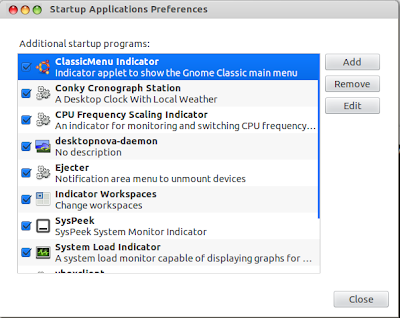
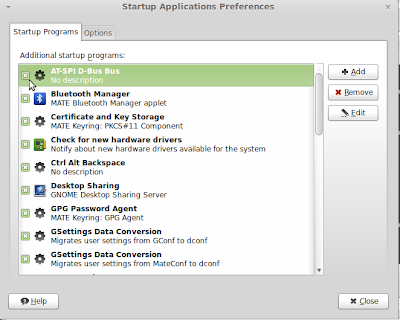
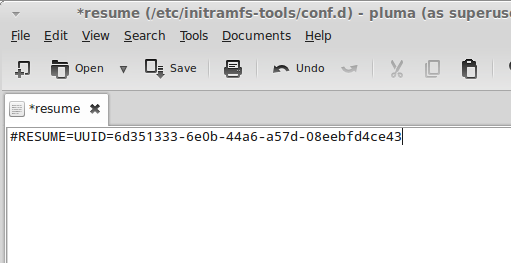
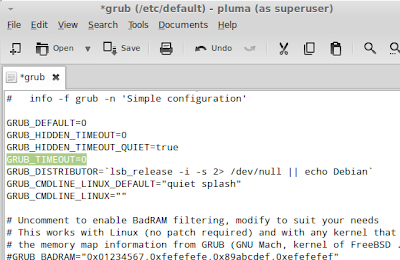
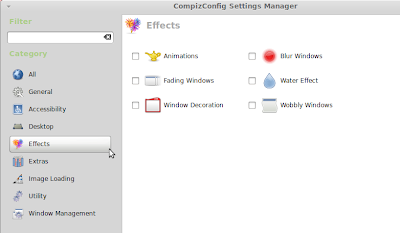

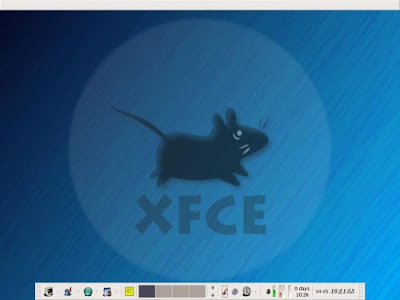
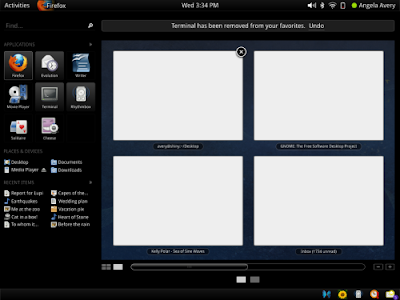
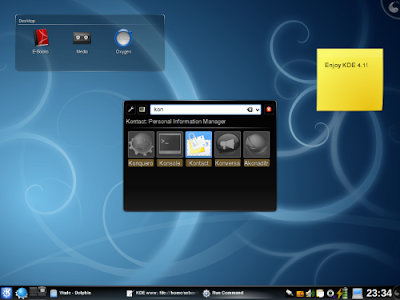
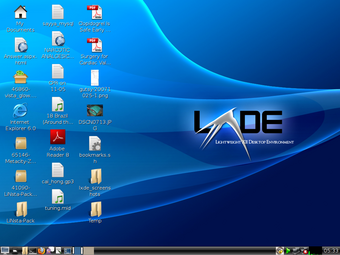
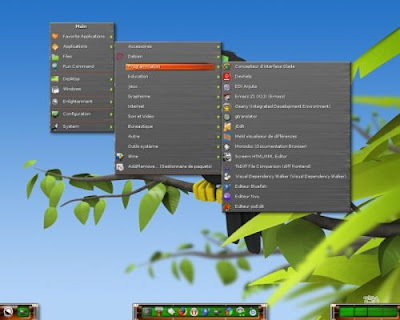
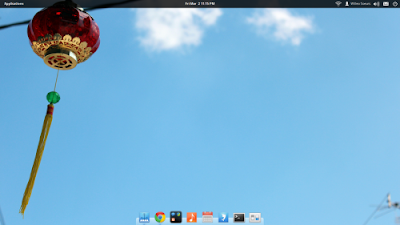
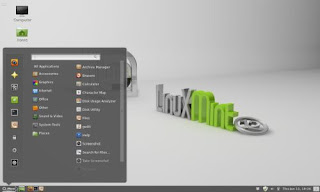














 1185
1185

 被折叠的 条评论
为什么被折叠?
被折叠的 条评论
为什么被折叠?








